What to know about growing okro, proper care and other processes
Hello Hive
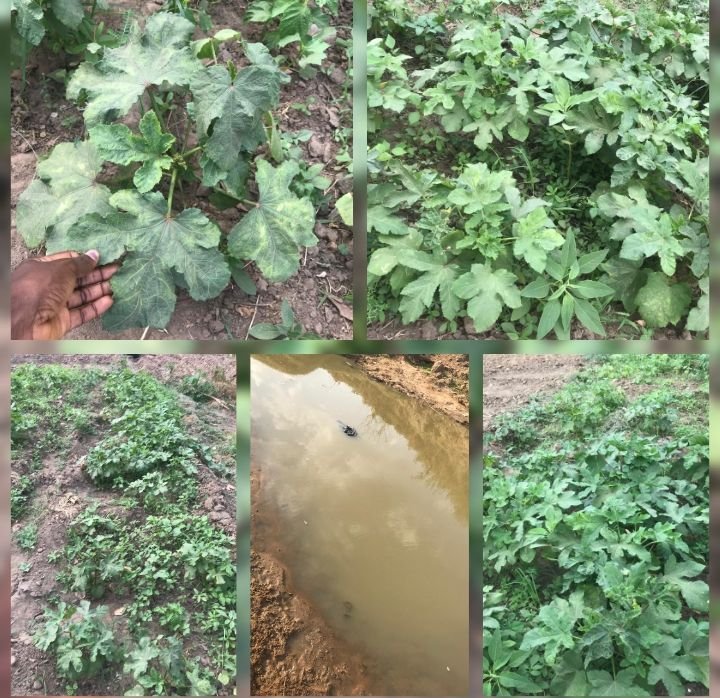
Farming activities are becoming more tedious as the days pass by and climate conditions worsen. The month of March has finally come to an end, and yet farming activities are yet to commence. By this time in the previous year we would have had some 2-5 times the downpour already, such that every one of our farms clearing activities is carried out at this time.
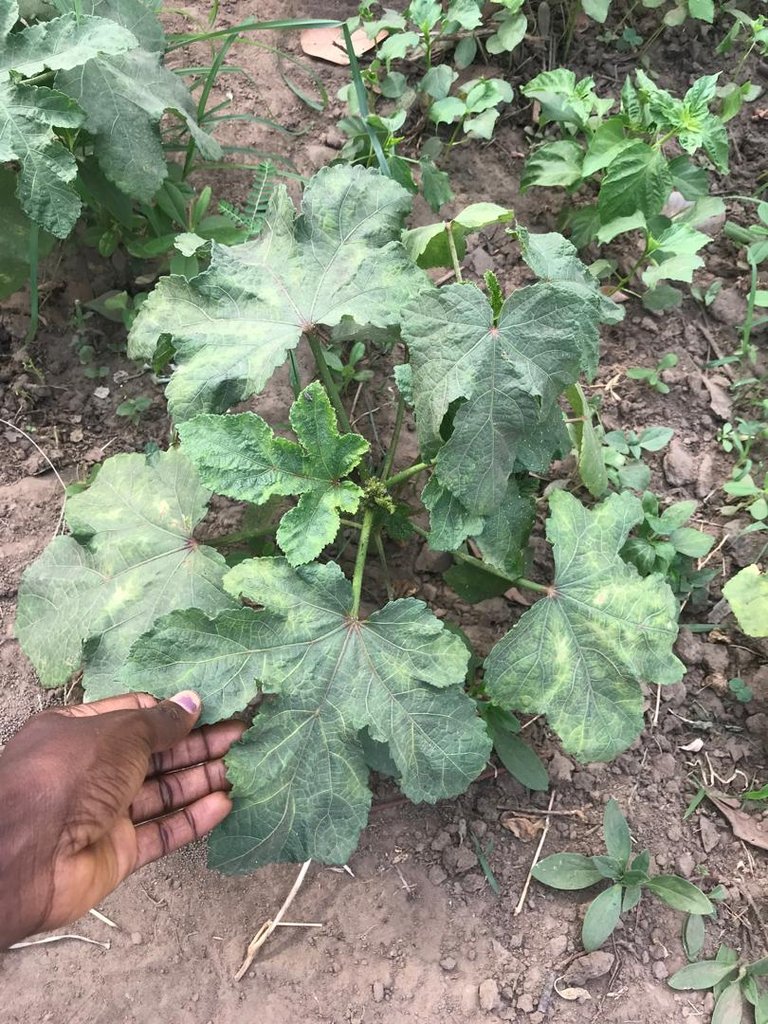
The month of April is basically for planting seeds. But I can tell you that up until now we have only had rainfall just once. And rainfall equivalence is not enough to water our field for any farming work to yet begin.
The weather conditions are a terrible thing, and for now only the veggies and corn that have been grown by the riverbank are available for food.
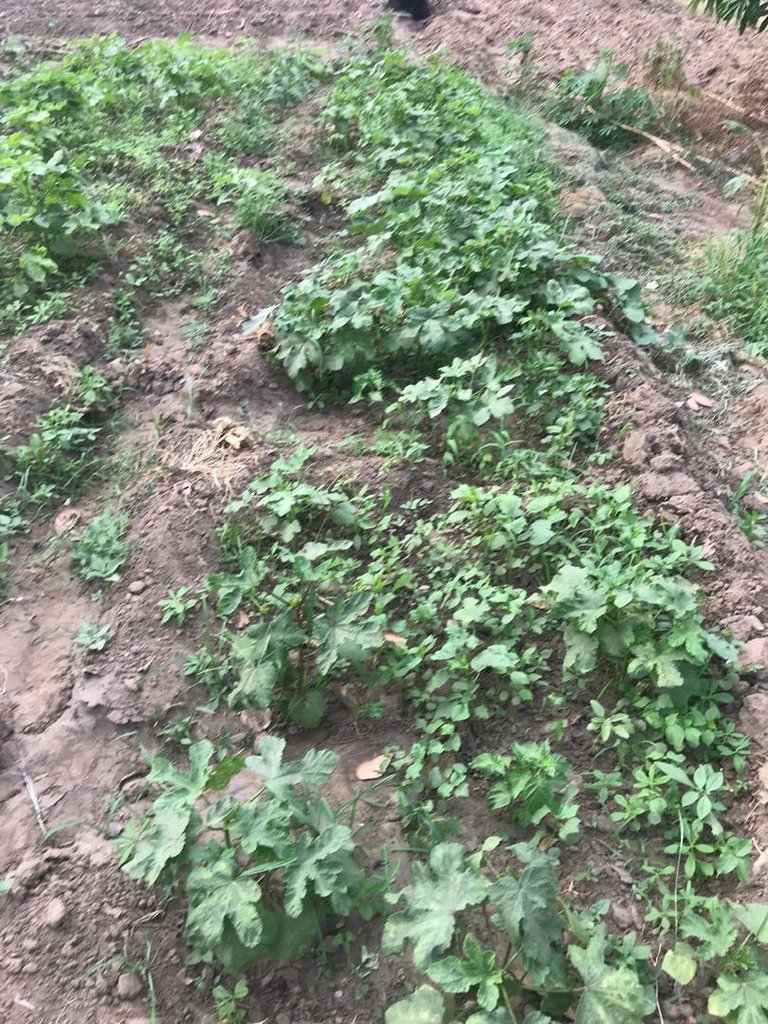
Take a look at how dry the soil is even here and the plant is managing to survive
- Weather conditions of annual rainfalls
We may have been growing certain crops without seeing the best results, and the reasons are not far-fetched. Last year we grew some okra plants during the rainy season and in other locations. The early days of the showed how this was all growing up well until a drought came and the plants didn't survive the drought. There was no provision for irrigation, and a lot of losses were incurred. The rains affected the plant.
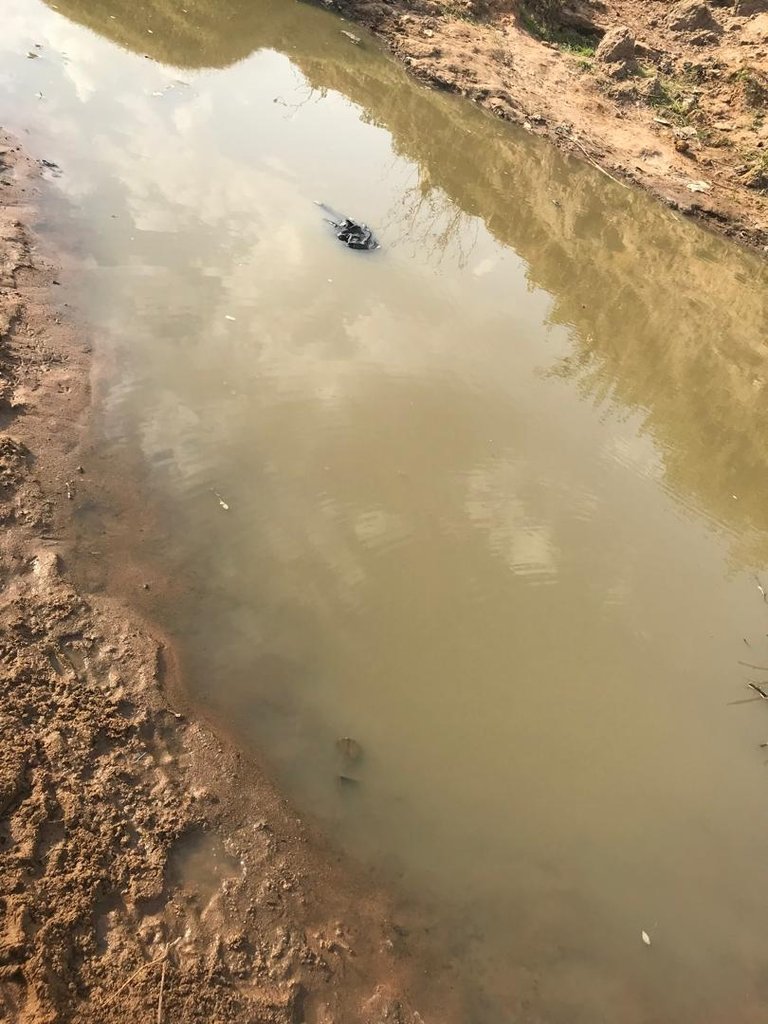
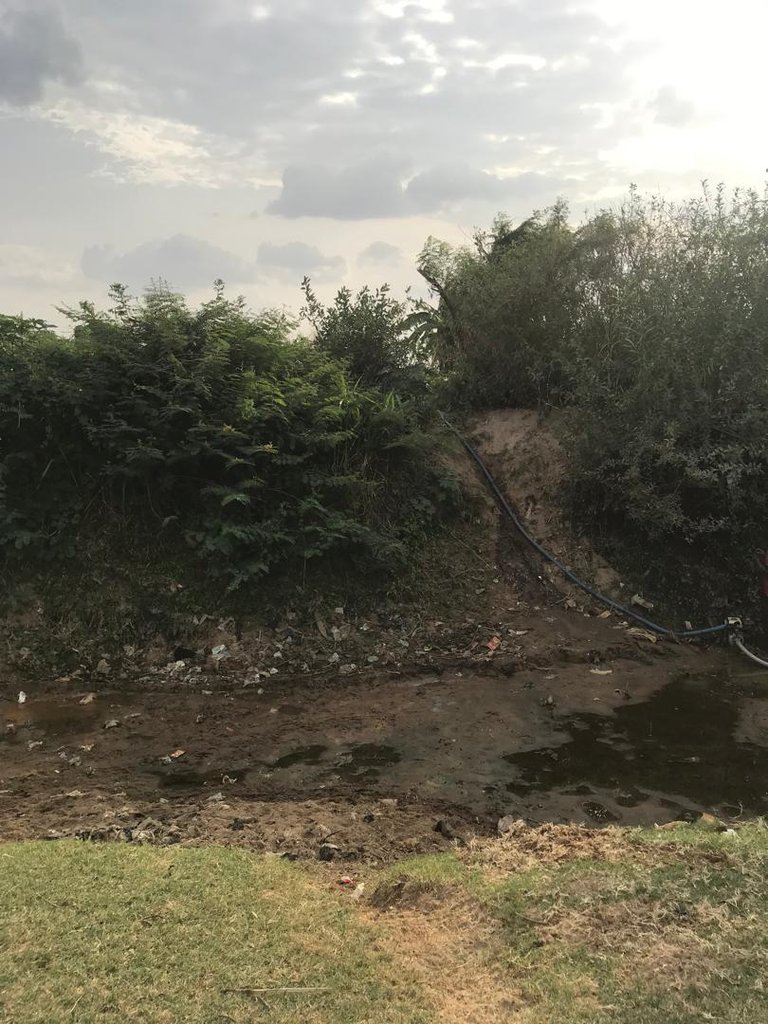
For growing, this is ok, or we have the provision of power generators that pump water to all the plants growing here. Seeing how much the river has dried up so far calls for concern as well. Farming activities are being affected in almost all locations.
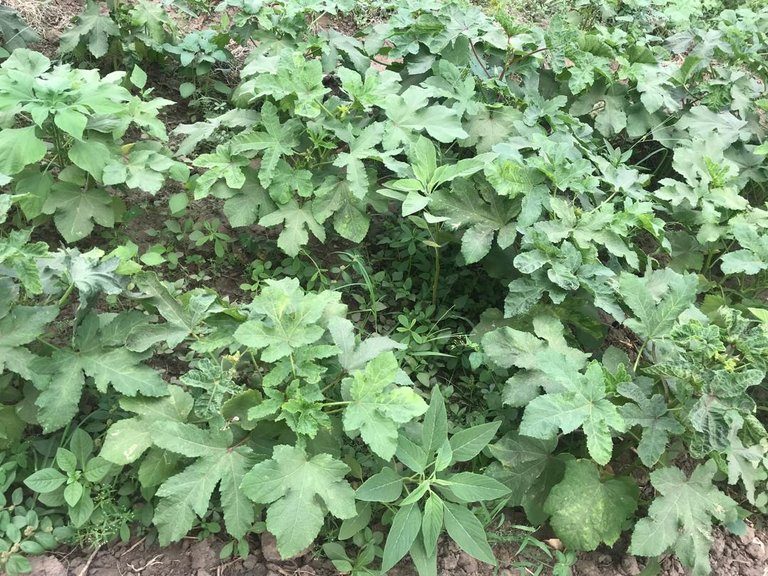
- Soil fertility
Another factor for the optimum yield of crops lies in the fertility of the soil. In all of the crops we have been growing so far, the ones planted in this farm location have been the ones that have been pleasing and fast growing without any form of stress or issues. It is very evident that all crops need fertile ground to be able to produce well. Crops planted in order locations may also do well, but we might need to support them with organic fertilizer.
This specific location is well fertilized, as we have loads of animals coming to graze and drink water from the river whenever they pass by; hardly will you grow a thing here and be in need of fertilizer to aid its growth.
- Planting the right species
Since these okra are planted by a river that overflows its boundaries, we often plant and harvest everything growing here before the heavy rains arrive. In this regard, the best species of okra to plant here is the 6-week growing life cycle species of okra. They grow and produce their fruits within 6 weeks, equivalent to a month and two weeks. Harvest may continue for up to 3 months, but the better parts of the crops will have been harvested before then.
A lot of people have been enjoying okra and vegetables in the market as a result of the ones being grown by various riverbanks along the country. If not for these, there would have been a shortage or scarcity of veggies and soup ingredients.
We are hoping that the rains commence on time and we have enough of it to grow our crops this year. Either directly or not, agricultural activities affect everyone, and how much food we can grow determines how much food will be in circulation in our markets for the year for people to buy and eat.
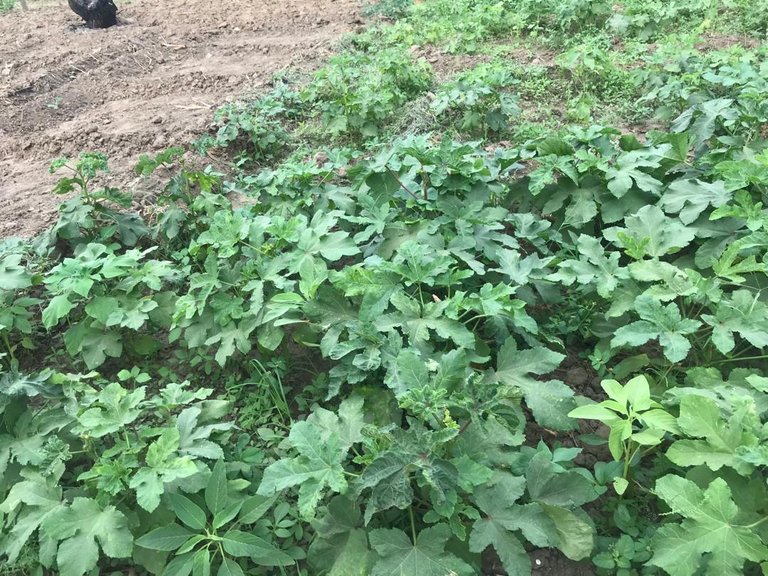
This okra has been planted in series; while one is maturing, another is being planted; hence, harvest is continuous for a while before the farming activities here stop when the rains come fully.
Sending Love and Ecency Curation Vote!
 Please Vote for our New Proposal! 🙏
Please Vote for our New Proposal! 🙏